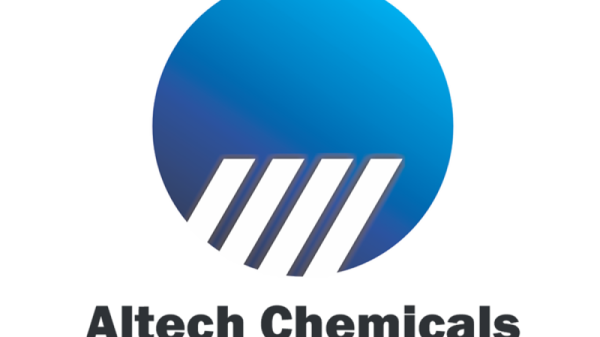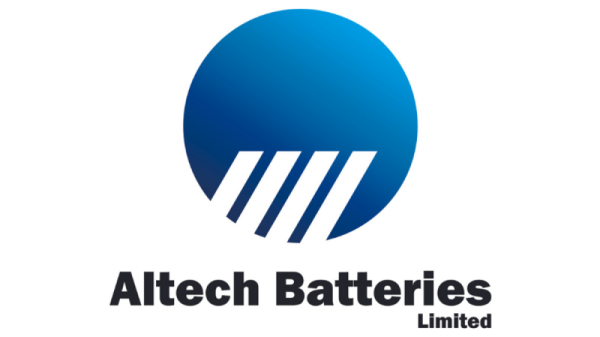Medical device companies play a vital role in the life science industry by developing new technologies to match unmet medical needs across both established and emerging healthcare markets.
The growing prevalence of chronic diseases such as cancer and diabetes is the driving force behind increasing innovation in medical technology, from surgical instruments and orthopedics to diagnostics and medical imaging.
In 2022, 41 new medical devices were approved by the US Food and Drug Administration (FDA), a big jump from the 28 approved in 2021. The agency attributed 2021’s low numbers to employee burnout and a strain on resources after a hectic 2020 responding to the COVID-19 pandemic. 2023 is shaping up to be another good year for medical device approvals, with 35 already in the books as of mid-September. However, the final tally is not expected to reach the 63 approvals set in 2020.
Overall, the global medical device industry is expected to grow from US$512.29 billion in 2022 to US$799.67 billion by 2030, according to a report by Fortune Business Insights. The two biggest trends in this sector are wearable medical devices and the shift toward homecare settings.
Medical device companies: Regulations and approval
As in the pharmaceutical industry, all new medical devices must go through clinical trials and regulatory approval with various agencies in the US, Europe and Asia.
For example, a medical device product must be approved by the FDA to be available in the US market. More specifically, the agency’s Center for Devices and Radiological Health (CDRH) oversees the regulatory requirements for companies that are manufacturing, repackaging, relabeling and importing medical devices to be sold in the US.
The CDRH also regulates medical and non-medical radiation-emitting electronic medical equipment such as lasers, X-ray systems, ultrasound equipment, microwave ovens and televisions.
Medical devices are classified by the FDA into three different categories:
Class I medical devices pose low risks and don’t have many regulatory controls. These products generally do not need to submit a Premarket Notification 510(k). In other words, Class I device manufacturers don’t need to show that their device is similar to an existing product to prove its safety and effectiveness. Examples include enema kits, elastic bandages and manual stethoscopes. According to the FDA, 47 percent of medical devices are considered Class I.Class II medical devices have the potential to be more harmful than Class I devices and therefore require a Premarket Notification 510(k). Powered wheelchairs and pregnancy test kits are considered Class II devices, as are handheld surgical instruments and infusion pumps. Class II devices make up 43 percent of all medical devices.
With the FDA Premarket Notification 510(k) process it can take up to 90 days to determine product equivalency and then file an approval to bring the medical product to market.
Being the most risky, Class III device approvals also come at a steep financial cost, into the tens of millions of dollars. A premarket approval can cost up to three times as much as a Premarket Notification 510(k). It takes the FDA roughly six months to review a premarket approval application, which is double the length of the Premarket Notification 510(k) process.
Every step of the FDA approval process is a major catalyst for a medical device company.
Medical device companies: Growth and innovation
Medical device companies share some of the struggles faced by their counterparts in the biotechnology and pharmaceutical sectors — namely, the astronomical costs associated with research and development, as well as the lengthy testing and approval processes. As a result, many of the larger medical device companies are wary of innovation, instead opting to follow existing models or technology.
Interestingly, while innovation can prove risky for bigger companies, it is the bread and butter of smaller startups aiming to get acquired by bigger players in the sector.
That being said, to be a long-term global leader in the space, a medical device manufacturer must incorporate new technology and innovation into its portfolio. Familiar names in the space tend to be go-to investment options. In 2022, some of the top companies in the industry by total revenue were Abbot Laboratories (NYSE:ABT) at US$31.27 billion, Medtronic (NYSE:MDT) at US$31.23 billion and Johnson & Johnson (NYSE:JNJ) at US$27.43 billion.
Technologies disrupting the medical device market include smart inhalers, robotic surgery, wireless brain sensors, 3D printing, artificial organs and health wearables.
Medical device companies: Future outlook
In its outlook report, research firm Fortune Business Insights states that the global medical device market projected value of nearly US$800 billion by 2030 is highly attributable to ‘the growing prevalence of chronic diseases and the increasing emphasis of healthcare agencies toward early diagnosis and treatment.’
Notably, chronic diseases, including cardiovascular, neurological, orthopedic and respiratory conditions, continue to require the development of medical equipment and devices for diagnosis and treatment.
Other market trends projected to impact the growth of the medical device industry are mergers and acquisitions, an increase in innovative technologies and emerging markets such as China, India and the Middle East.
Investors will surely be watching the industry to see how new solutions continue to shape this exciting market.
Securities Disclosure: I, Melissa Pistilli, hold no direct investment interest in any company mentioned in this article.







































